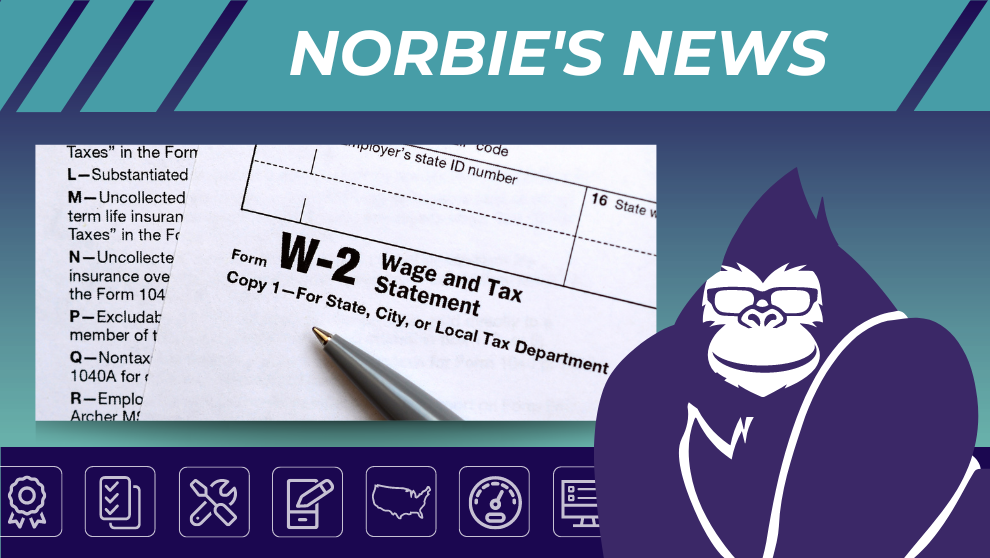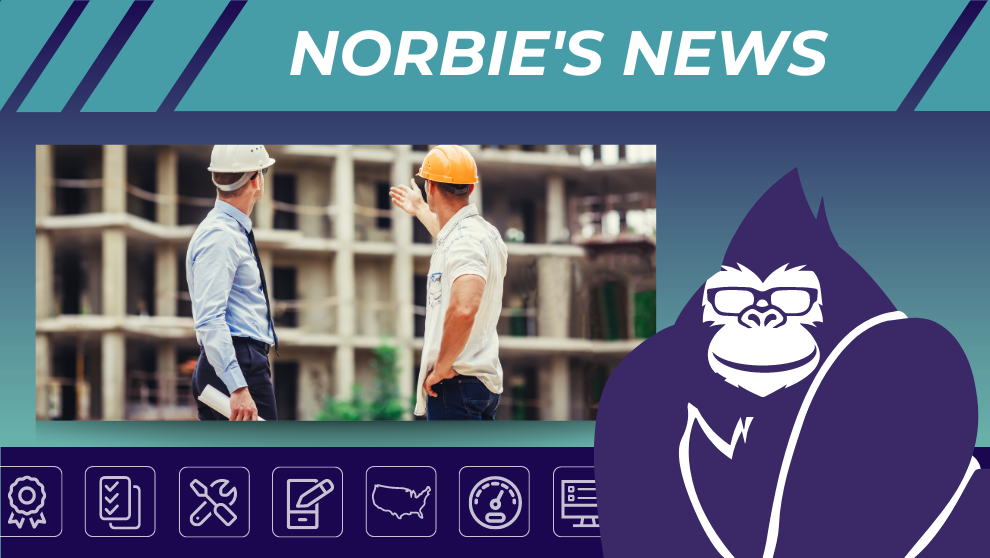
5 Loss Prevention Methods for Construction: Safeguarding Equipment & Keeping Insurance Premiums In-Check
By Philip Massaro, Vice President of General Liability
Tools and equipment used on construction sites are often subject to theft and vandalism – creating project delays and impacting costs. Over time, multiple claims may also increase insurance premiums. While not every loss can be prevented, there are improved methods for safeguarding construction equipment that go beyond fences and standard locks.
When creating a loss-prevention strategy, the following can help your construction clients protect their business property.
While not every loss can be prevented, there are improved methods for safeguarding construction equipment that go beyond fences and standard locks.
1. Anti-Theft Devices
Heavy equipment, vehicles and trailers, as well as areas where tools and building materials are kept, can be better protected during non-working hours when anti-theft/anti-vandalism devices are used. Options include high-security, pick-resistant locks that can be placed on steering wheels, axles and fuel tank caps. Other considerations can include the use of case-hardened security chains that can help secure smaller equipment, preventing items such as trailers from being easily moved off the premises.
2. Deactivation Devices
These are simple yet effective tools for stopping thieves in their tracks. While there are many different types of deactivation devices on the market, the objective for each is the same: an immediate shutdown of equipment that is being tampered with, rendering it immobile.
3. GPS Tracking Devices
In the event of a theft, your clients have an improved chance of recovering stolen items if their equipment has a hidden GPS tracking device. Once the device is activated, law enforcement personnel can use the technology to reveal the equipment’s location.
4. Night Cameras
Nighttime security surveillance has vastly improved in recent years. Some of the best night camera security systems offer forward-looking infrared (FLIR) mapping that detects people, objects and vehicles on a construction site — even in inclement weather or low-visibility conditions. FLIR systems allow operations to be livestreamed from any location on a smartphone or other electronic devices.
5. Drones
Drones can assist in viewing or inspecting a job site when suspicious activity has been detected or when an alarm has been triggered. Advantages over a security guard include the ability to patrol wide areas in less time and track a thief across long distances.
In many situations, occurrences can be reduced through appropriate risk management procedures. If an incident does occur, having the right insurance can help mitigate the financial impact of a loss.
Conclusion
Deploying any of these methods can’t guarantee that your construction client’s equipment won’t be damaged or stolen by thieves. However, they are good steps in the right direction. In many situations, occurrences can be reduced through appropriate risk management procedures. If an incident does occur, having the right insurance can help mitigate the financial impact of a loss.
Philip Massaro is the VP of General Liability of Builders & Tradesmen's Insurance Services, Inc., an Amynta Group Company.
Builders & Tradesmen’s Insurance Services Inc.
BTIS is committed to providing robust, individualized products and the highest level of service. Our easy-to-use commercial insurance platform, educational tools, and helpful underwriters make it simple for producers to diversify their books of business by expanding their product portfolios.
Part of the Amynta Group, BTIS is a nationwide insurance intermediary with a small-business attitude. We believe in building solid relationships through communication and a genuine concern for the success of our retail broker clients and the policyholders they serve.
For additional information, visit www.btisinc.com or call (877) 649-6682


